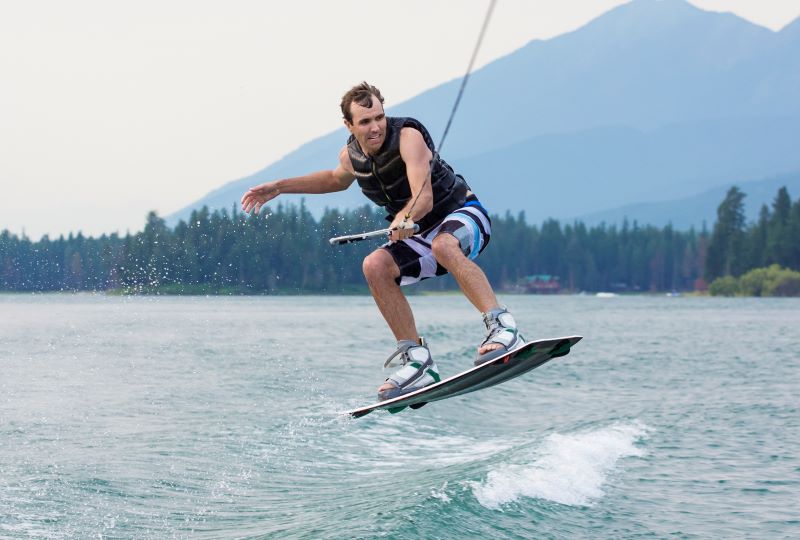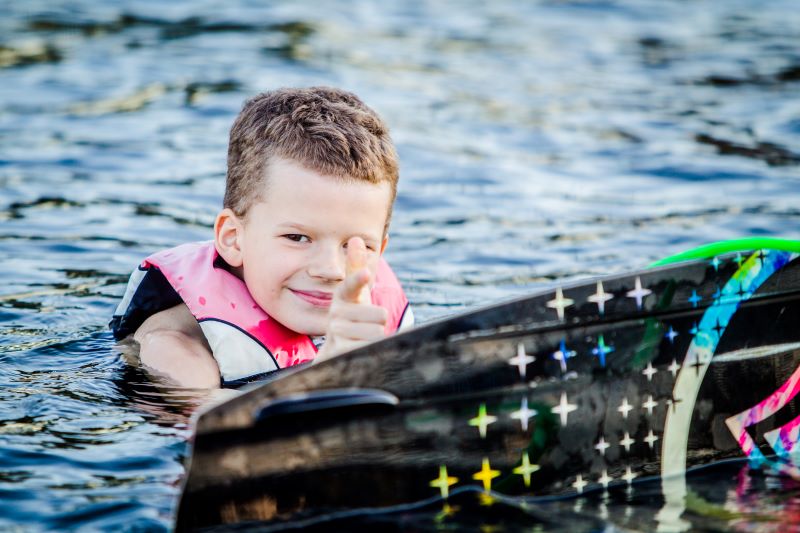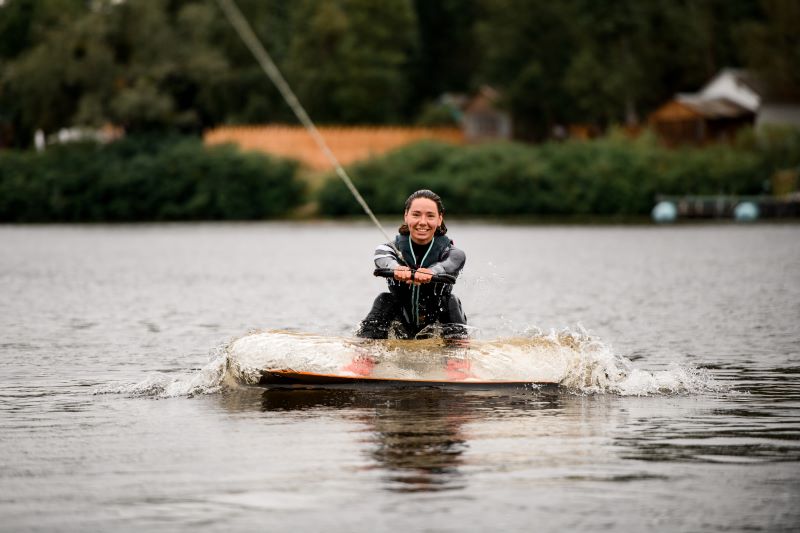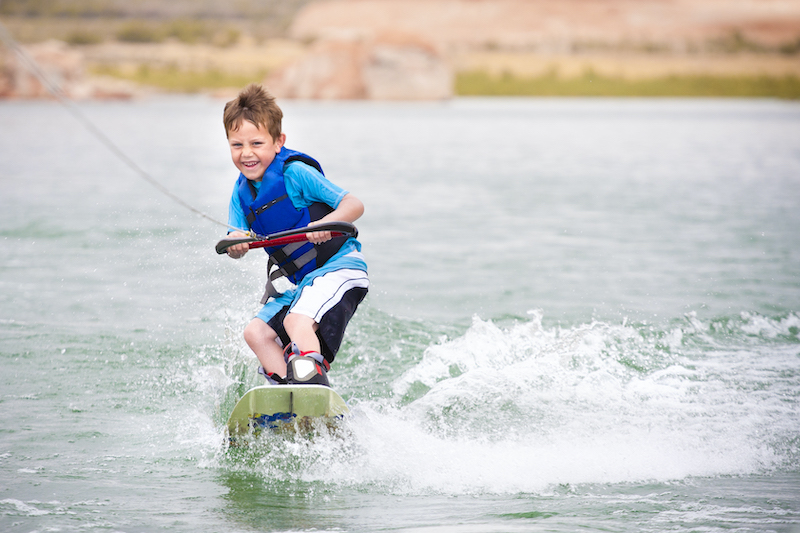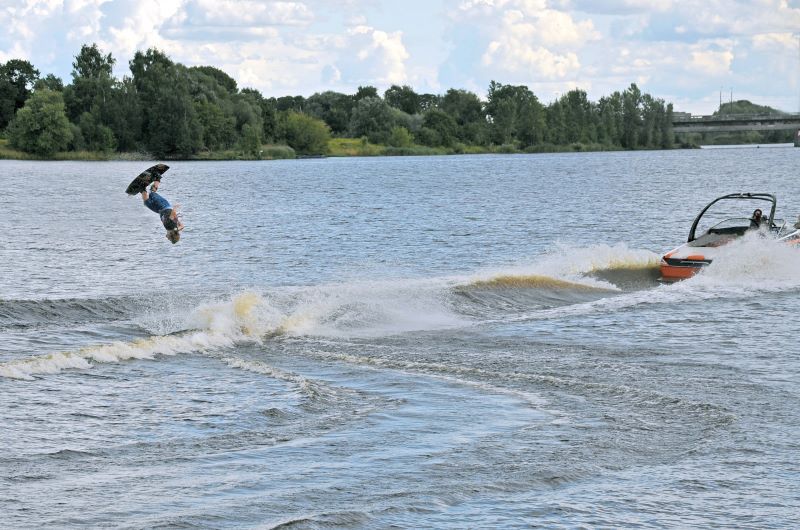Is Wakeboarding Dangerous and How to Be Safe
Wakeboarding is a fun, thrilling sport that many people like to do for enjoyment or for fitness. If you are new to the sport, or are considering taking it up for the first time, you may be wondering is wakeboarding dangerous, and what are the most common wakeboarding injuries?
It’s not uncommon to experience injuries during wakeboarding, but don’t let that deter you from trying out the sport if you want to. Injuries are an inevitable part of any physical activity, and with the right precautions and knowledge you can bring wakeboarding injuries to a minimum and have a safe, fun time on the water.
Read on for more information about the risks of wakeboarding, and what you can do to prevent them.
How Dangerous Is Wakeboarding?
*A word of caution before you read this section: the information here may be slightly frightening, but remember these are the most extreme cases and not everyone will experience these injuries.
Compared to other water sports like water skiing, wakeboarding has a higher injury rate. Between 2000 and 2007 it was estimated that there were over 18,967 wakeboarding injuries. Injuries occur most often in wakeboarders between the ages of 20 and 29, and most injuries involve the head and neck.
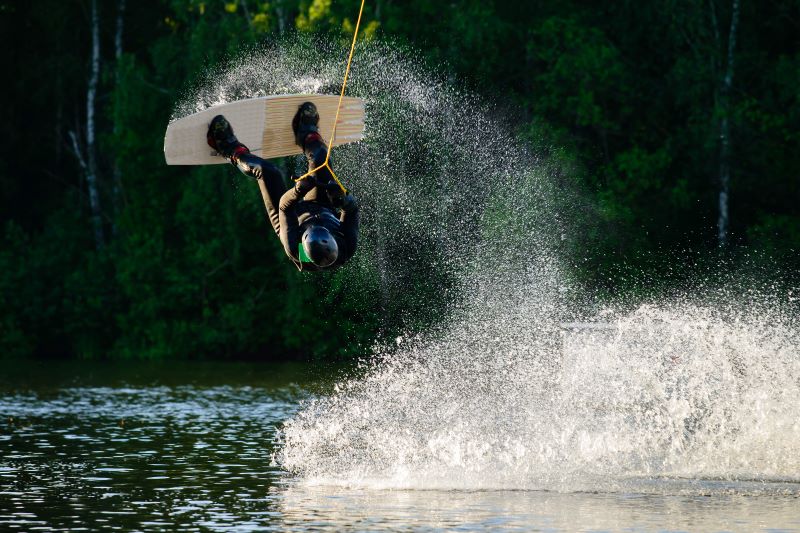
Common Types Of Wakeboarding Injuries
Head and neck
Arm
Back
Knee
Wakeboarding injury risk factors
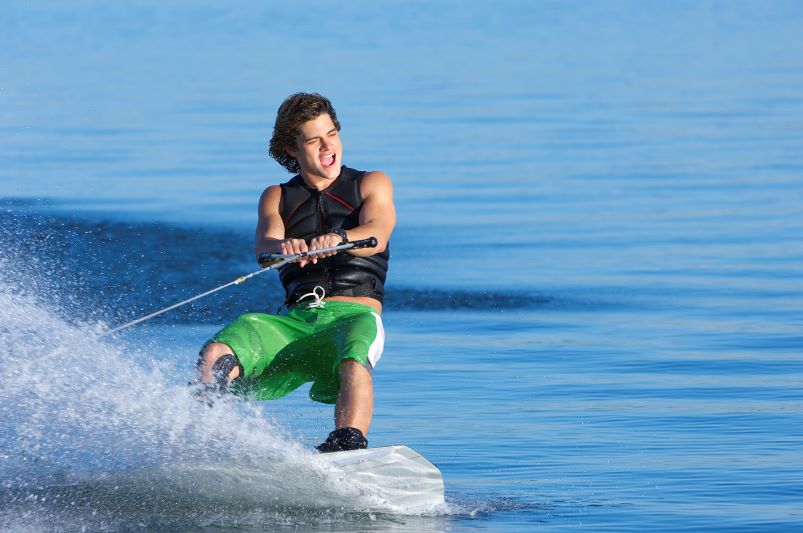
Environment
Skill level
Equipment
Fitness
Boat operator knowledge
Wakeboarder education
Looking for a popular wakeboard to get you out on the water
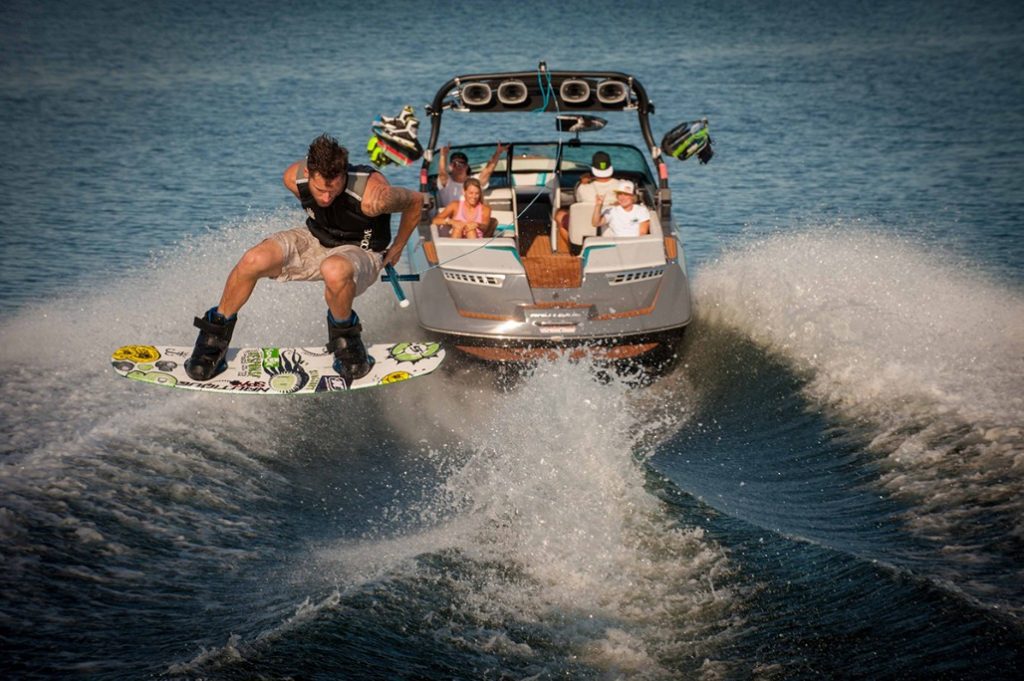
How to prevent wakeboarding injuries
Increase your fitness
Warm up
Check your equipment
Take some lessons
Check the weather
Know the laws
Listen to your body
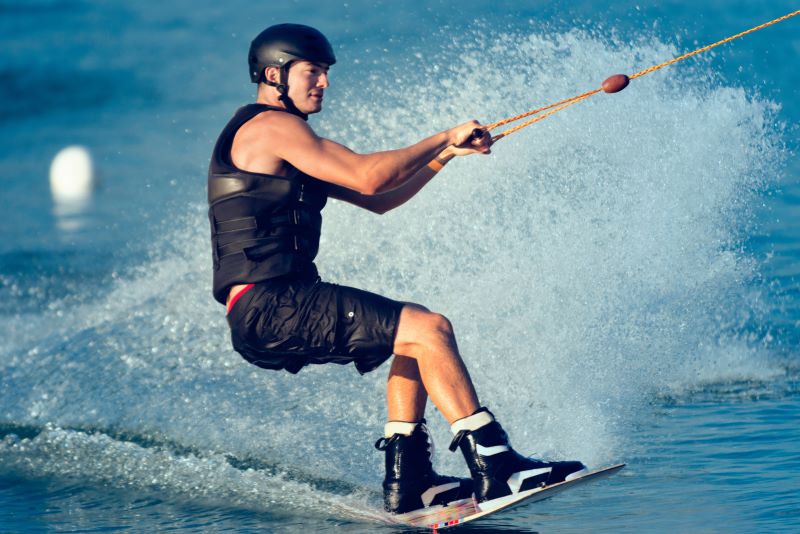
Have a safe, fun time
Is wakeboarding dangerous? As we have established, it certainly can be, just like any sport. But like any sport, with the proper precautions you can limit risks and injury. Knowing the risks and dangers is important before you attempt any sport, and can go a long way to preventing injuries.
Whether you’re new to wakeboarding or are a more seasoned rider, you can benefit from our tips for preventing wakeboarding injuries. Take a few minutes to go over this information, and you’ll be able to have a safe, fun time out on the water.

